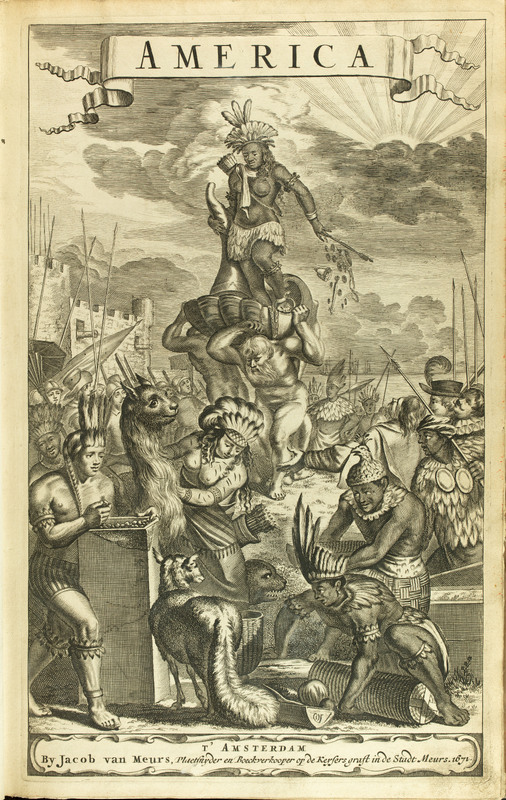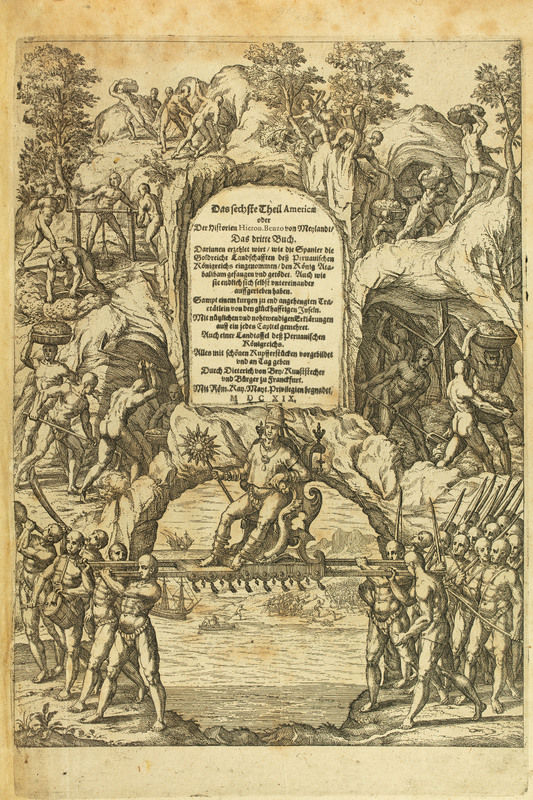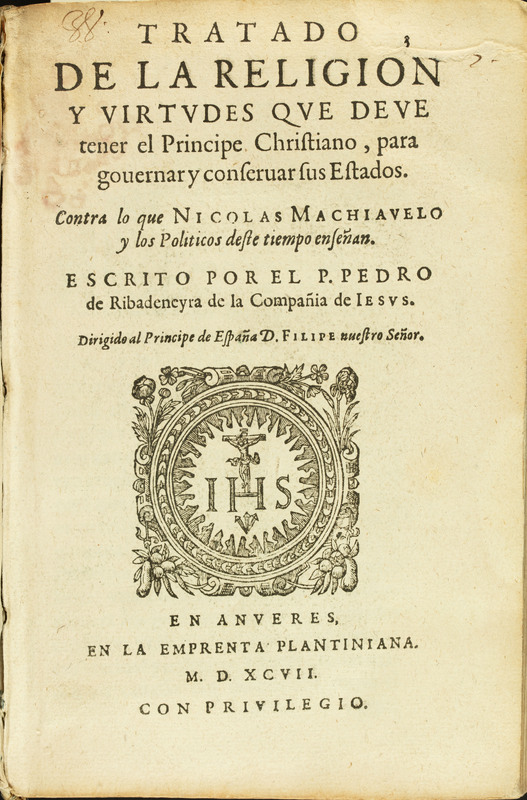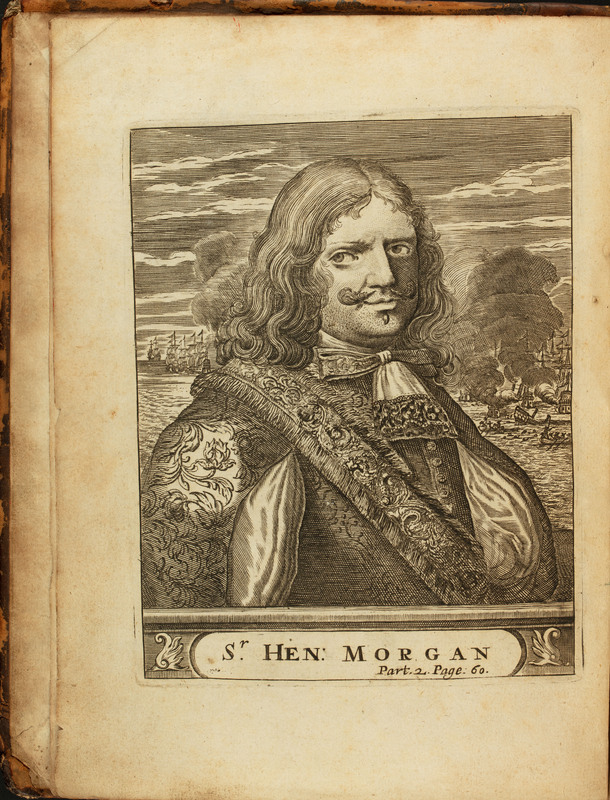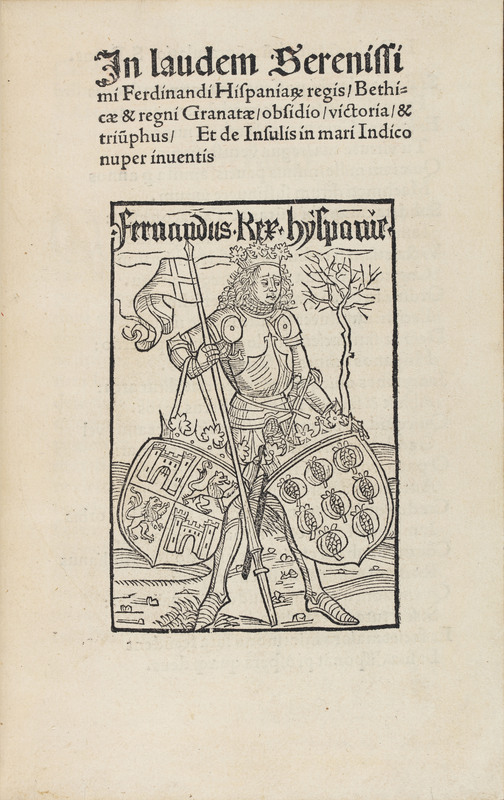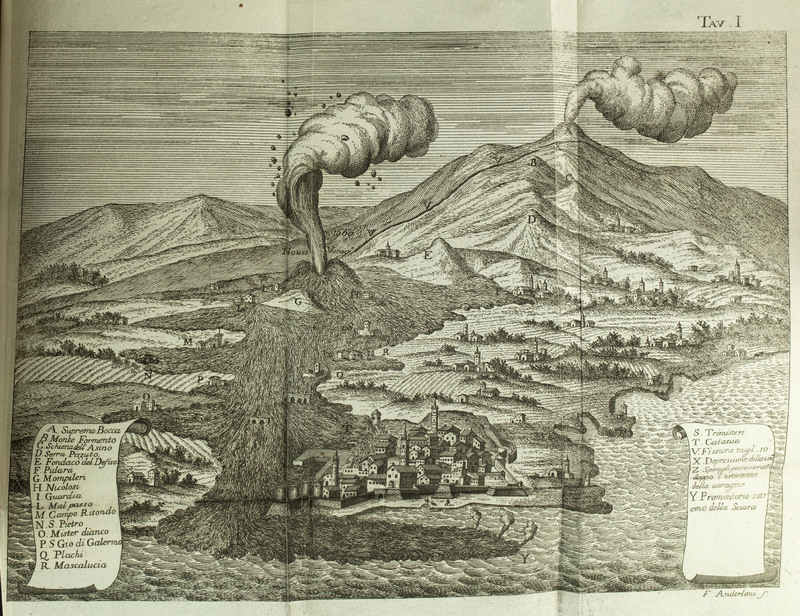Exhibit Contents
- Geographies of Risk: An Exhibition of Early Modern Conceptions and Representations of Risk
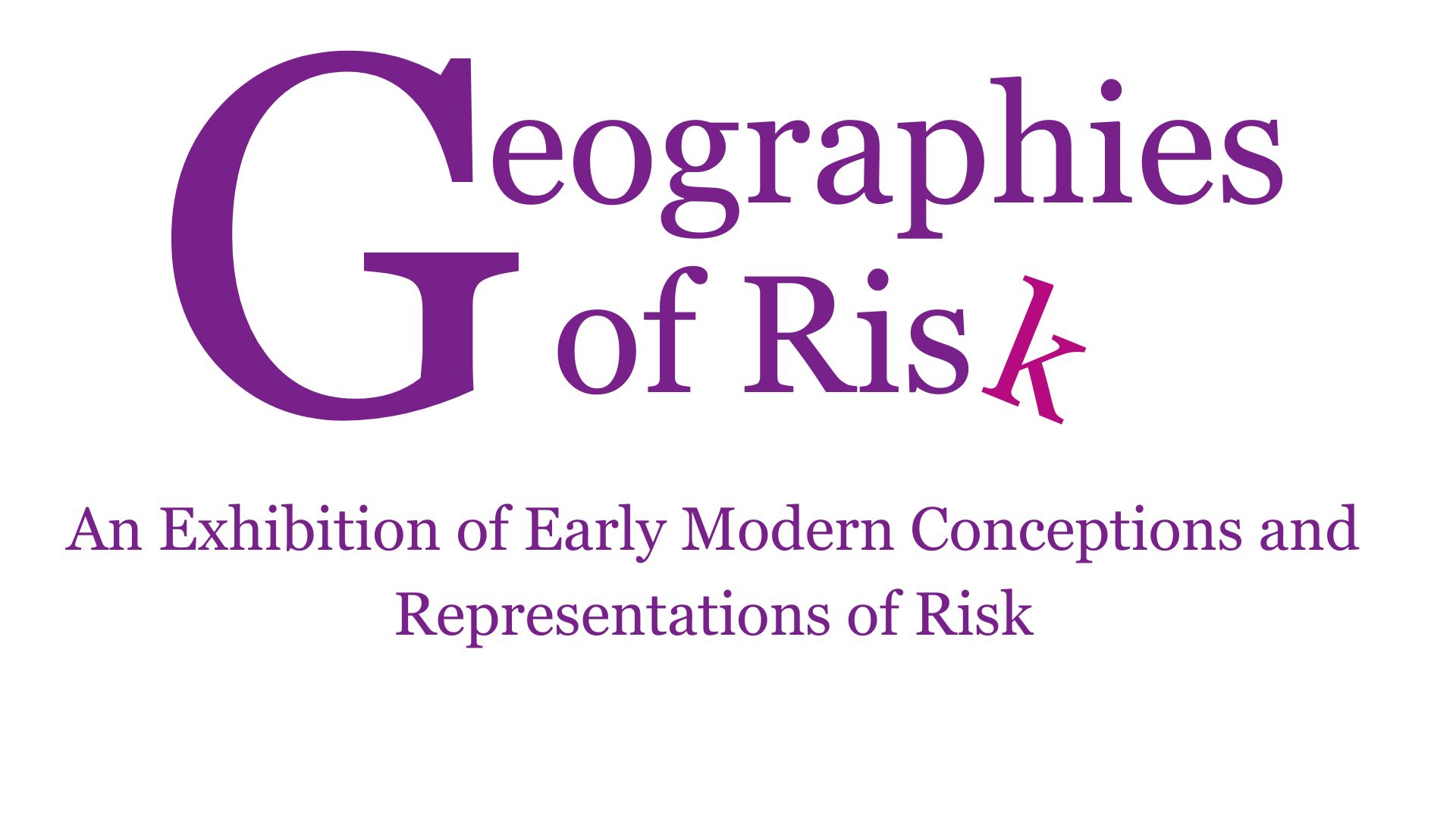
In the sixteenth century, the word “risk" was associated with non-human factors such as storms, floods, earthquakes and epidemics. Within this context, risk was connected to feelings of danger, chaos, and fear. With the Enlightenment, a scientific notion of risk emerged which implied, as Deborah Lupton suggests, “a new way of viewing the world and its chaotic manifestations, its contingencies and uncertainties." The modernist conception of risk looked at human actions as a primary cause of unanticipated results or undesirable events. As such, the ultimate goal of individuals in power was to manage the necessary conditions that would avoid uncertainty, indeterminacy, and risk. Issues of control, management, and calculation became three important factors in determining what was at risk. This exhibition at the Rare Book & Manuscript Library offers examples of how risk has been represented since early modem times to the eighteenth century. From the various images of new lands and new populations, in all their threatening seduction, to the study of volcanoes and their menaces to human settlements, the volumes in this exhibit trace a history of the management of populations, nature, the state, and the self as a form of risk-taking by travelers, geographers, scientists, and men and women of letters.
Exhibit Contents
Acknowledgements
The Geographies of Risk was originally a physical exhibit on display at the Rare Book & Manuscript Library at Urbana-Champaign from August 27th through October 26th, 2010.
Held in conjunction with the conference, “Geographies of Risk, September 23-24, 2010," Sponsored by the Department of Spanish, Italian, and Portuguese, University of Illinois at Urbana-Champaign
Curated by Mariselle Melèndez, Eleonora Stoppino, and Javier Irgoyen García.
Design and photography by Dennis J. Sears.
Catalog funding provided by the Department of Spanish, Italian, and Portuguese, and Mariselle Melendez.
Special thanks to Paula Carns, Valerie Hotchkiss, Alvan Bregman, Christopher Moore, Linda Bial, Laura Larkin, Karri Fischer, and Yasmeen Shorish.
ISBN 978-0-9788134-7-5
Copyright © 2010
The Rare Book & Manuscript Library and the Board of Trustees of the University of lllinois.
